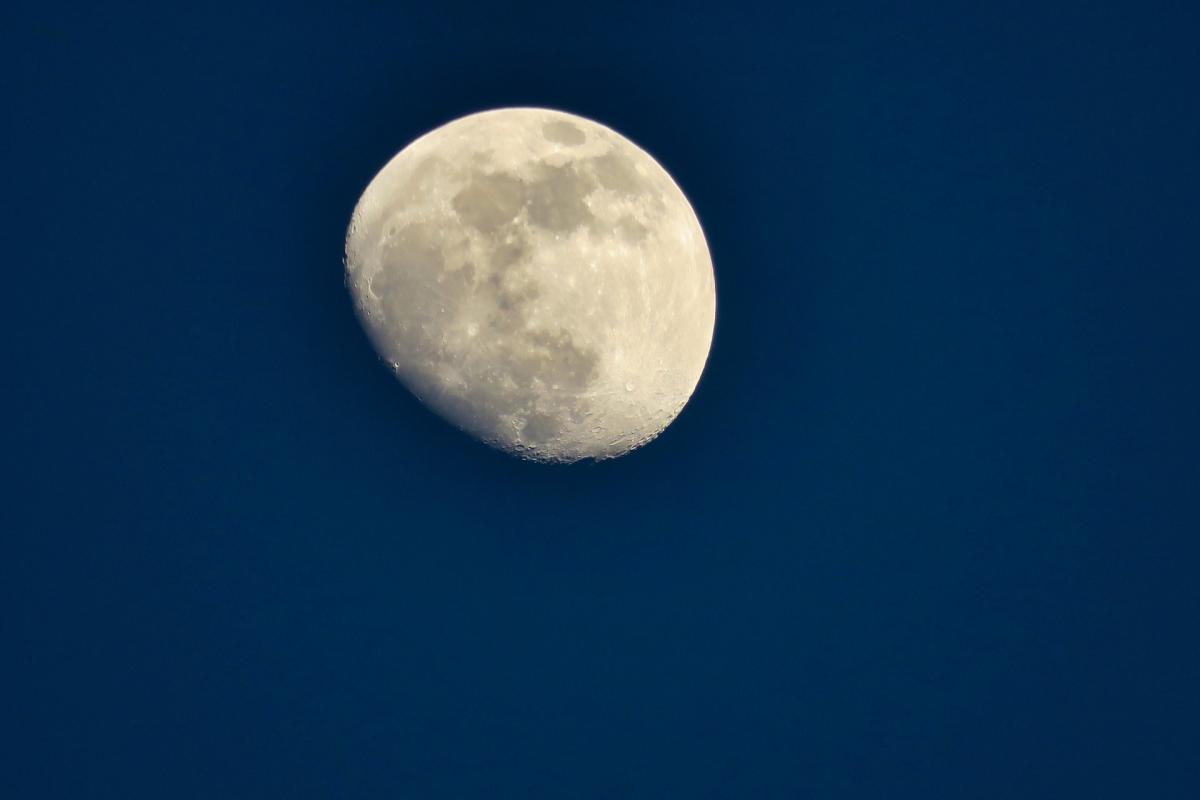How did the Earth evolve from a fireball about 4.5 billion years ago to a habitable world? The key to this lies in the early history of our planet, when the bombardment with cosmic bodies slowly declined. An international team, including scientists from the Museum für Naturkunde Berlin and Freie Universität Berlin, has now succeeded in quantitatively reconstructing the bombardment history of Earth and Moon. The results of this study were published in the science journal Nature and explain why the Moon accumulated less matter through the bombardment than the Earth. The entry of mass by this bombardment was most likely crucial for the later evolution of the Earth, the formation of an atmosphere and oceans.
The Earth and the Earth-like planets in the inner solar system were formed by collisions of protoplanets. The last giant collision of Earth with a Mars-sized body resulted in the formation of the Moon. How the Earth developed from a fireball covered by a magma ocean thousands of kilometres thick, to a habitable planet with liquid water on the surface and an atmosphere and biosphere remains enigmatic. It is assumed that the period immediately after the formation of the Moon 4.5 to about 3.8 billion years ago, when the last large basins on the Moon were formed by large impacts of cosmic bodies, is of particular significance. Cooling, crystallization, and segregation of matter in the Earth's interior and the intensive bombardment by cosmic bodies (impacts), which have provided additional matter, make this "late growth phase" particularly important for the further evolution of Earth. Since almost no remanence in terms of rocks from this period have survived on Earth, the Moon is of particular importance. It serves as a kind of archive of the frequent impacts that must have taken place on Earth in the same period.
An international team, including scientists from the Museum für Naturkunde Berlin and the Freie Universität Berlin, has now published a quantitative model in the science journal Nature that can explain some important data and observations of lunar research. The results provide an explanation why the Moon, after its formation, accumulated a much smaller mass of cosmic material in its mantle and crust than the Earth over the same period. By simulating asteroid impacts, the authors have determined that in the case of the Moon with its relatively small mass, most of the material of impacting bodies does not remain in the Moon, while in the case of the more massive Earth, most of the impact material is added to the Earth. Furthermore, the model can well explain the mass of the material that is incorporated into the Moon's mantle and crust by impacts after the formation of the Moon. From this agreement it follows that the assumed exponential decrease of the bombardment rate of the Moon after its formation is plausible. If the Moon was formed 4.5 billion years ago, the results indicate that it would have recorded about 200 impacts leading to large basins with a diameter of more than 300 kilometres. In fact, there are only about 40 to 50 such impact basins. The authors explain this by the fact that a soft and thin crust did not allow for preserving craters or basin structures during the existence of the magma ocean and that the impacting bodies dipped directly into the moon's mantle. The research work is part of the Collaborative Research Centre TRR 170 (Berlin-Münster) funded by the German Research Foundation (DFG), which investigates the late growth phase of the Earth-like planets. The new results also fit into other new studies of the Collaborative Research Centre that require the magma ocean to cool for at least 100 million years. The oldest rocks of the moon's crust were dated just under 4.4 billion years, suggesting a plausible age of the Moon of about 4.5 billion years.
Published in: Nature. Meng-Hua Zhu, Natalia Artemieva, Alessandro Morbidelli, Qing-Zhu Yin, Harry Becker & Kai Wünnemann: Reconstructing the late-accretion history of the Moon https://www.nature.com/articles/s41586-019-1359-0
